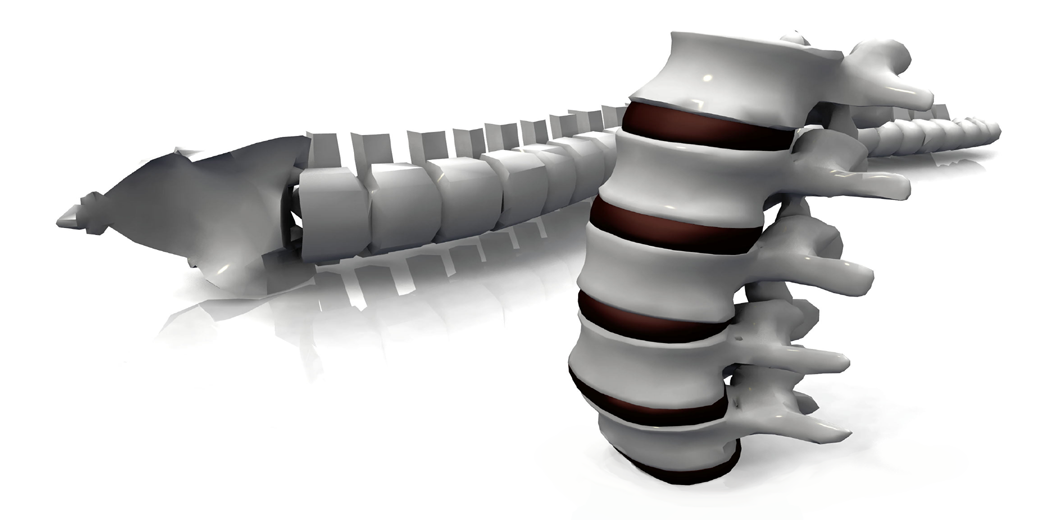Cervical Herniated Disc

Cervical Herniated Disc Pain and Treatment in Carlsbad
Arm pain from a cervical herniated disc is one of the more normal cervical spine conditions treated by spine specialist. It normally creates in the 30 – 50 year old. Despite the fact that a herniated disc may start from an injury or harm to the cervical spine, the manifestations generally begin spontaneously. The arm pain from a cervical herniated disc results on the grounds that the herniated disc material “squeezes” or presses on a cervical nerve, creating agony to transmit along the nerve pathway down the arm. Alongside the pain, deadness and shivering can be available down the arm and into the fingertips. Muscle shortcoming may additionally be available. The two most normal levels in the cervical spine to herniate are the C5 – C6 level (cervical 5 and cervical 6) and the C6 – C7 level. The following most normal is the C4 – C5 level, and infrequently the C7 – T1 level may herniate. The nerve that is influenced by the disc herniation is the one leaving the spine at that level, so at the C5 – C6 level it is the C6 nerve root that is influenced. Indications: A cervical herniated disc will regularly cause agony designs and neurological shortages as takes after:
C4 – (C5 nerve root) – Can result in shortcoming in the deltoid muscle in the upper arm. Does not normally cause deadness or shivering. Can result in shoulder pain.
C5 – (C6 nerve root) – Can result in shortcoming in the biceps (muscles in the front of the upper arms) and wrist extensor muscles. Deadness and shivering alongside agony can transmit to the thumb side of the hand. This is a standout amongst the most widely recognized levels for a cervical circle herniation to happen.
C6 – (C7 nerve root) – Can result in shortcoming in the triceps (muscles in the once more of the upper arm and stretching out to the lower arm) and the finger extensor muscles. Deadness and shivering alongside pain can emanate down the triceps and into the center finger. This is likewise a standout amongst the most widely recognized levels for a cervical disc herniation.
C7 – T1 (C8 nerve root) – Can result in shortcoming with handgrip. Deadness and shivering and pain can transmit down the arm to the little finger side of hand.
It is paramount to note that the above rundown contains common pain designs, however they are not outright. Some individuals are just wired up uniquely in contrast to others, and accordingly their side effects will be distinctive. Since there is not a considerable measure of circle material between the vertebral bodies in the cervical spine, the circles are generally not substantial. Then again, the space accessible for the nerves is likewise not that incredible, which implies that even a little disc herniation may encroach on the nerve and reason critical agony. The agony is generally most serious as the nerve first gets to be squeezed. Most of the time, the agony from a cervical herniated disc can be controlled with progressive (non-surgical) medicines alone are sufficient to intention the condition. When the agony does begin to enhance it is unrealistic to return, despite the fact that it may take more time for the shortcoming and deadness/shivering to move forward. On the off chance that the agony improves it is adequate to proceed with traditionalist treatment, as there truly is no writing that backings the hypothesis that surgery helps the nerve root recuperate faster. All medicines for a cervical herniated disc are basically intended to help resolve the ache and neurologic symptoms, and improve function.
[testimonial_rotator id=”313″]
